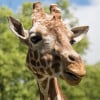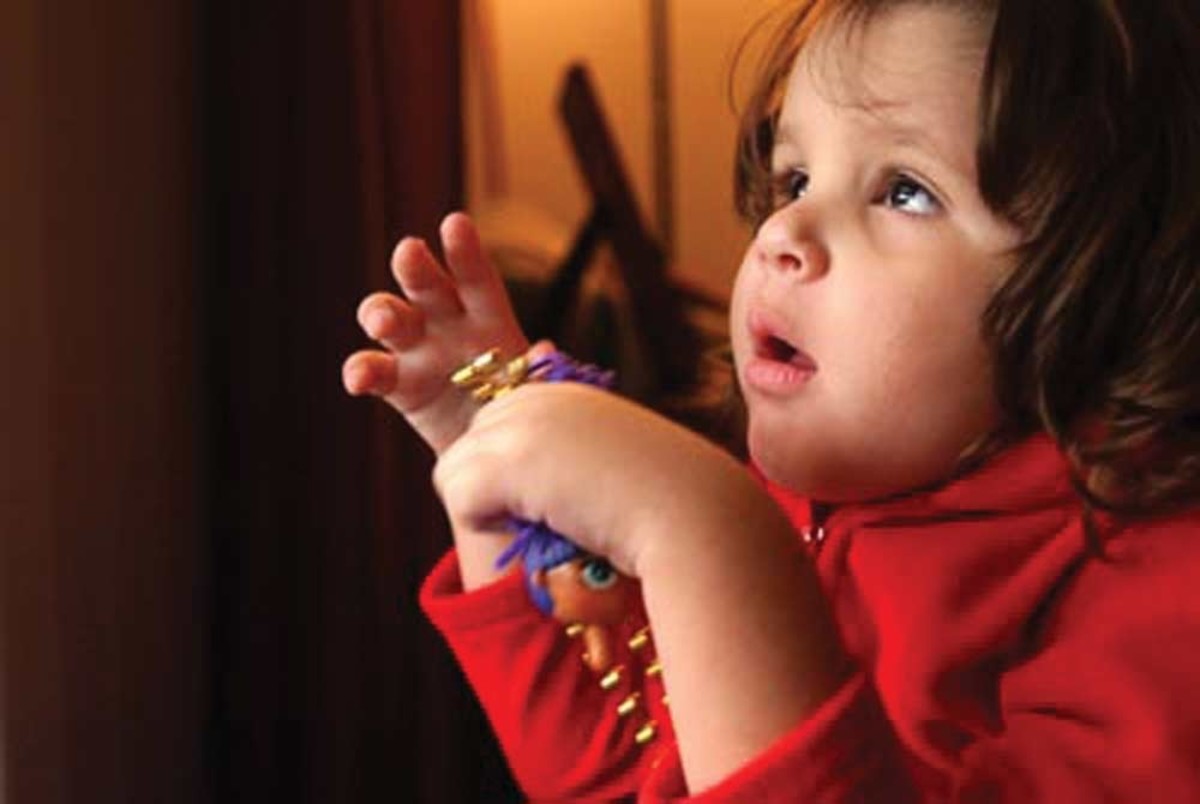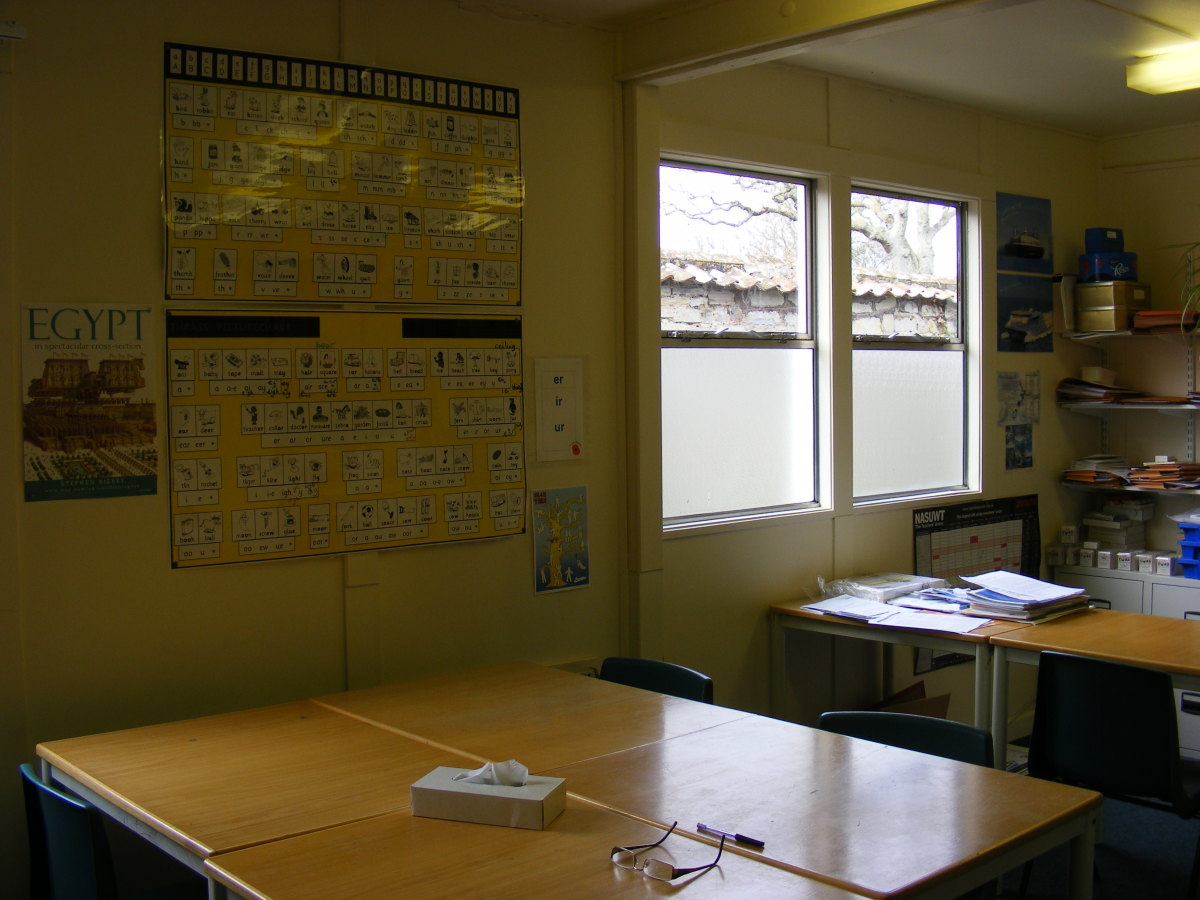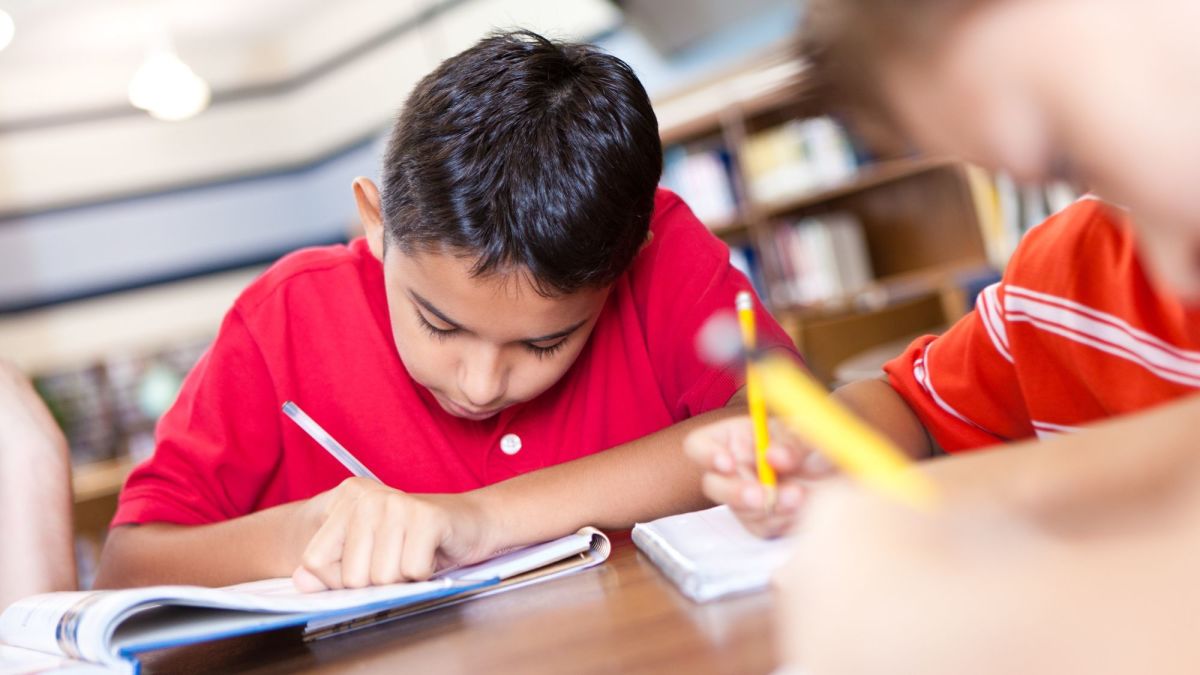Disney Vacation With an Autistic Child
Disney World With an Autistic Child: "I Hate Disney World!"
My youngest child is a beautiful, kind, loving, intelligent boy who is also autistic. My older son has had to make many sacrifices and adjustments because of his brother's "condition." One thing I will not make my older son give up is the dream of going to Orlando's Disney World. He is nine years old and has waited long enough. Our family is going to Disney World, the whole family including Mr. Autistic, whether he likes it or not...and he is definitely leaning toward the "not."
My child, probably the only kid on this planet that when he hears "we're going to Disney World" crumples into a heap of anxiety and despair. That was his first reaction, then came the total defiance: "I'm not going! I hate Disney World!"
Fortunately, I've got time to work my very best magic to bring him around. Here are 8 of my best tips and tricks for turning the dream of enjoying Disney World with an autistic child into a reality.
Walt Disney World Magic Kingdom
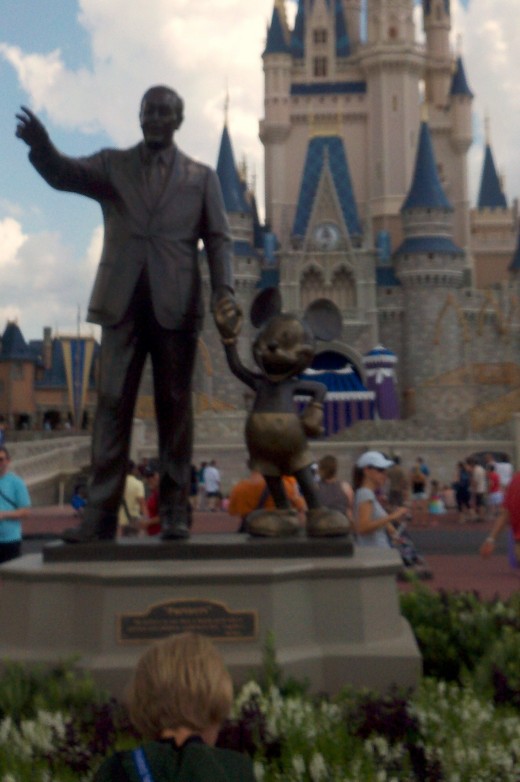
#1: FAMILIARIZE
With autistic kids, the unknown is terrifying. They may not seem afraid, in fact their behavior can be frustratingly stubborn and challenging, but at the root of it are fear and anxiety. Changes in routine, setting, or even diet can raise havoc with an already overstimulated sensory system. Therefore, the best way to start is by familiarizing the child with as much as possible and well in advance.
Go on-line; find and print as many applicable maps as you can. Find a map showing the airplane route, a map of the airport to hotel route, a map of the hotel to Disney World route, etc. Google Map even has directions with street view photos of the entire route (see example below.)
Make sure you print these maps, as opposed to just viewing them on the computer screen. It is important for the child to be able to hold and manipulate these items. It gives them a calming feeling of control.
Google Map Directions with Street View Photos

Pictures will help the autistic child adjust to change

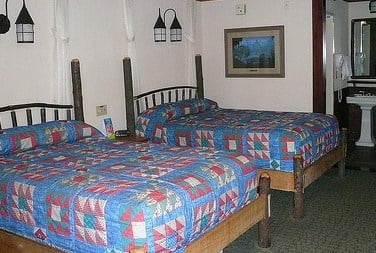
#2: VISUALS
Most children with autism are visual learners. It is important to use as many pictures, photos and visual prompts as possible. Print photos of the parks, maps of the parks, photos of the hotel, hotel rooms, swimming pools and whatever else you think the child would like to see. Try for actual pictures of your specific accommodations whenever possible. Again, print these pictures and give them to the child to keep.
Perseveration, or the tendency to get stuck on one idea, is a common characteristic of autism. Visuals can help the child break out of the repetitive cycle and accept new ideas.
In my child's case, the perseverative thought was "I'm not going to Disney World" because it was a change from his routine, a depature from his comfort level. But change is part of life and learning to cope with it it an important lesson for all children not just the autistic ones.
My child was so comforted by the pictures and maps, he wrote this letter to me (see below.) This was entirely of his own fruition and a very good sign.
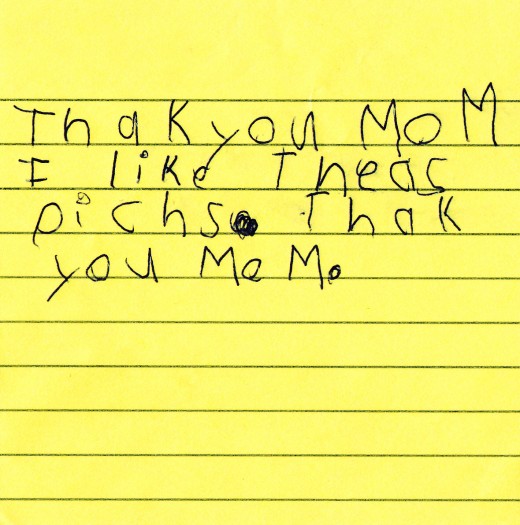
Earplanes--well worth it!
#3: Earplanes and Earplugs
If your autistic child has hyper-sensory issues, like mine, earplugs are very helpful tools.The first use for them is on the airplane. My child is sensitive to both the noise and the cabin pressure changes in flight. I discovered a great little invention called "Earplanes" that come in both adult and child sizes and seem to totally eliminate the ear discomforts that our child used to suffer.
Also, they help him tune out all that engine noise but he can still hear us when we address him. Earplanes are not expensive, reusable and available at just about any pharmacy.
The second use for earplugs is at the parks themselves. Obviously, theme parks are meant to be a sensory extravaganza, which can be too much for a child with sensory issues. Pull out the earplugs whenever the child seems distressed and overloaded. You can use the "Earplanes" for this purpose or soft foam earplugs meant for noise reduction.
Ritualistic Behavior of the Autistic Child
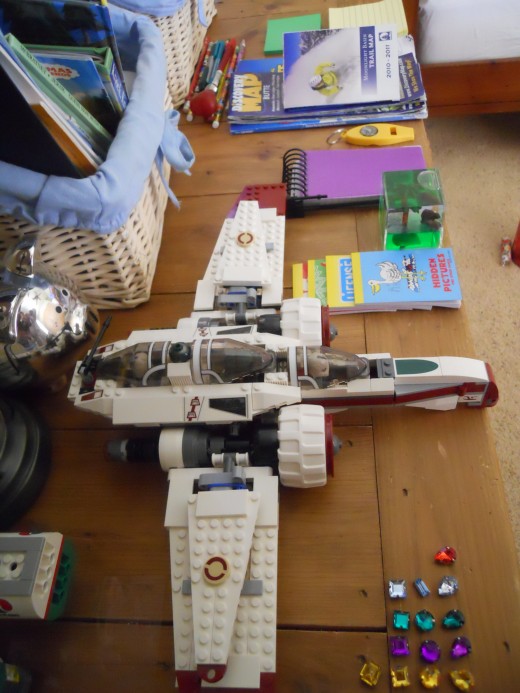
#4: Appeal to the Obsessive Compulsive Side of the Autistic Child
Autistic children usually exhibit obsessive compulsive behaviors such as the ritualistic organizing of objects (usually into lines.) For the child, these behaviors are a source of comfort.
While we don't normally like to indulge such repetitive behaviors, some concessions must be made during times of hightened stress. Discuss travel preparations with your child and let them do some preliminary packing and preparing of their own.
I let my child have his suitcase and carry on bag well in advance. He must have packed and unpacked both a dozen times or more. I would go through his bags with him and we would discuss the necessity of bringing certain things. Each time that we rehearsed this process, he seemed a little more at ease.
Tactile sensitivities are also part of the autistic child's challenges. During our packing and repacking process, we were able to select clothing that would not be "itchy" or "tight" or "hot," etc.
#5; Get a Letter from Your Child's Doctor
Ask you child's doctor for a letter stating that your child is autistic (or has ASD or PDD.) Be specific about your child's issues like "inability to stand in crowds" or "intolerant of personal contact." Then take this letter to the Guest Relations desk where you will be issued a Guest Assistance Card. This card is invaluable to those of us with an autistic child. It will allow your whole group to use the Fastpass entrance and avoid overstimulating scenarios that will cause meltdowns and disrupt everyone around you. Here is an example of our letter (it needs to be on the official letterhead which I purposely cropped out):
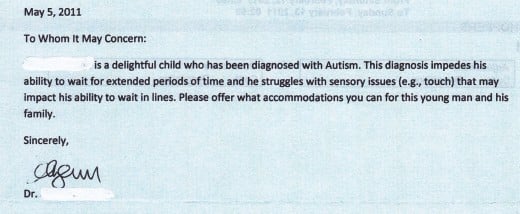
#6: Give Your Child the Script
The use of "social stories" is a powerful tool with autistic children. The idea is that these kids don't just naturally understand how to behave socially, they have to learn sets of prescripted behaviors. This is yet another reason why they have such a hard time with change...they don't have the script for this new scenario.
Using social stories simply means telling your child stories about a fictional character (the same gender, age, etc., as your child) who behaves appropriately in various situations. For example:
"Jack goes to Disney World. He gets dressed in the morning for warm weather. He puts on shorts and a short sleeved shirt. Then he rides in a shuttle to Disney World. He puts his seatbelt on and sits quietly in his seat. When he gets to the park, he stands in line with the other kids and waits for his turn...."
You get the drift. It is important that the stories are all told in positive terms. It is tempting to say: "Jack does not push the other people in line, bla, bla...." But you are not supposed to say what the child should not do, only what they should. Also, the stories are generally told in present tense. To read more about social stories, follow this link:
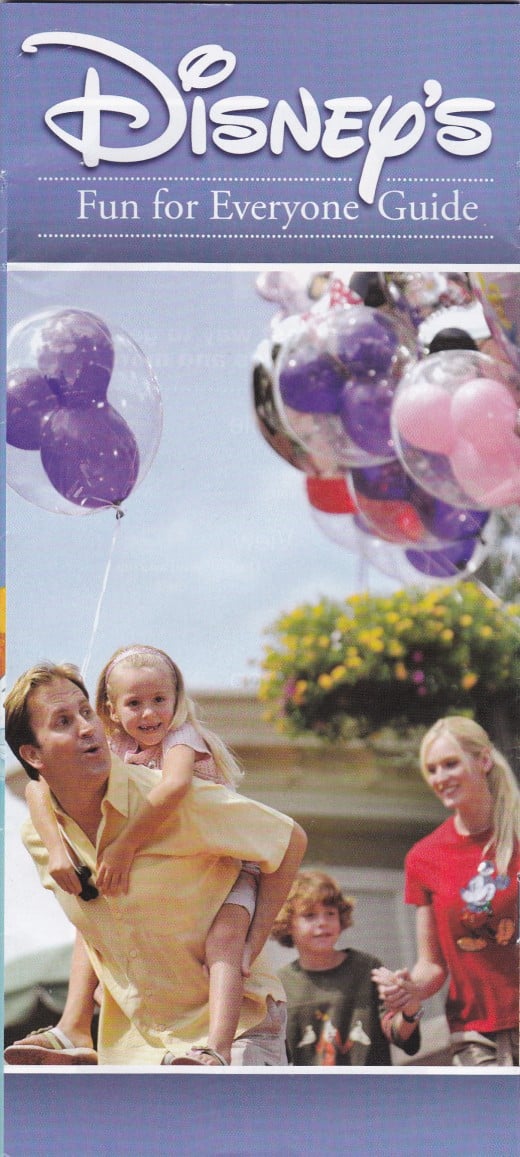
#7: Let the Child Have Some Control
Let your autistic child find comfort in control by letting them plan some of the days activities. Obviously, the whole family cannot be completely at the mercy of one (rigid) member of the family but make a point to let them plan some things. Perhaps he (or she) could pick which feature to visit first thing in the morning and first thing after lunch. Or he could choose where to eat one meal per day. Whatever you decide, you will probably have to agree to these "terms" in advance so that the child can have a sense of routine.
Also, it is a good idea to read through the "Walt Disney World Official Guide for Kids." This is a great tool for deciding whether your sensory challanged child will be able to handle certain rides. It discribes each ride clearly enough that you can get a pretty good idea of what you (and your child) can expect.
Maps of Disney World
#8: Don't overdo It!
You are not going to be able to see and do everything...period. Resign yourself to this and save yourself and your family a lot of grief. Remember, this is supposed to be fun. Yes, I know you've forked out a ton of cash for this vacation but pushing too hard is not the way to "get your money's worth." In fact, it could just make the whole experience a nightmare.
Take your time and let the child set the pace. When he (or she) starts to look tired, go back to the hotel and sit by the pool for a while or (if that is overstimulating and crowded as well) just take it easy in the room for a bit. Then go back and enjoy a few more hours of Disney delight. And for heaven's sake, have fun!!!
